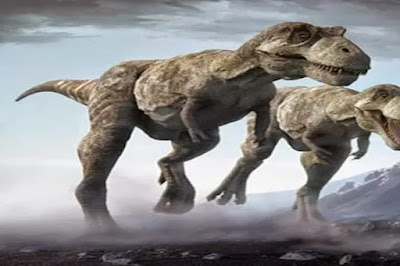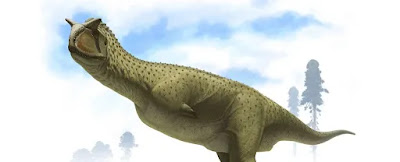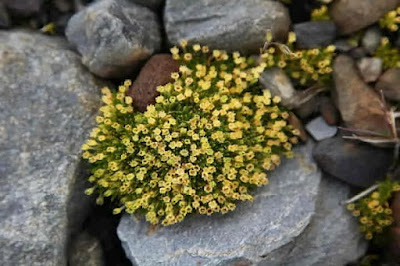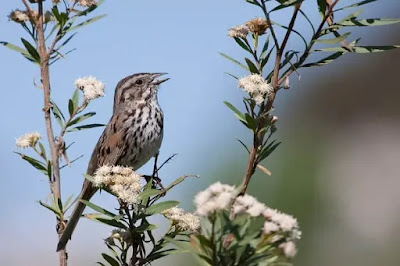Fiery volcanic eruptions on the moon had led to formation of water and ice - study

Our perception of a volcano is reddish fire and destruction, which is conditioned by the images of molten lava wreaking havoc on human settlements and animal habitats. Yet, there is more to volcanoes than that, as pointed out by a report in sciencenews.org which states that a new study suggests how two billion years ago such volcanic eruptions on the moon led to water vapour becoming ice on its poles. The details of this study have been reported in the Planetary Science Journal of May month. The presence of ice on the moon was confirmed in 2009 and since then it has been argued as to how it came into being on the moon. The options discussed included comets, charged atoms carried by the solar wind, asteroids or that it originated on the moon itself because of eruptions in volcanoes between 4 to 2 billion years ago. Planetary scientists from University of Colorado, Boulder Andrew Wilcoski observed: “It’s a really interesting question how those volatiles [such as water] got there. We stil...









